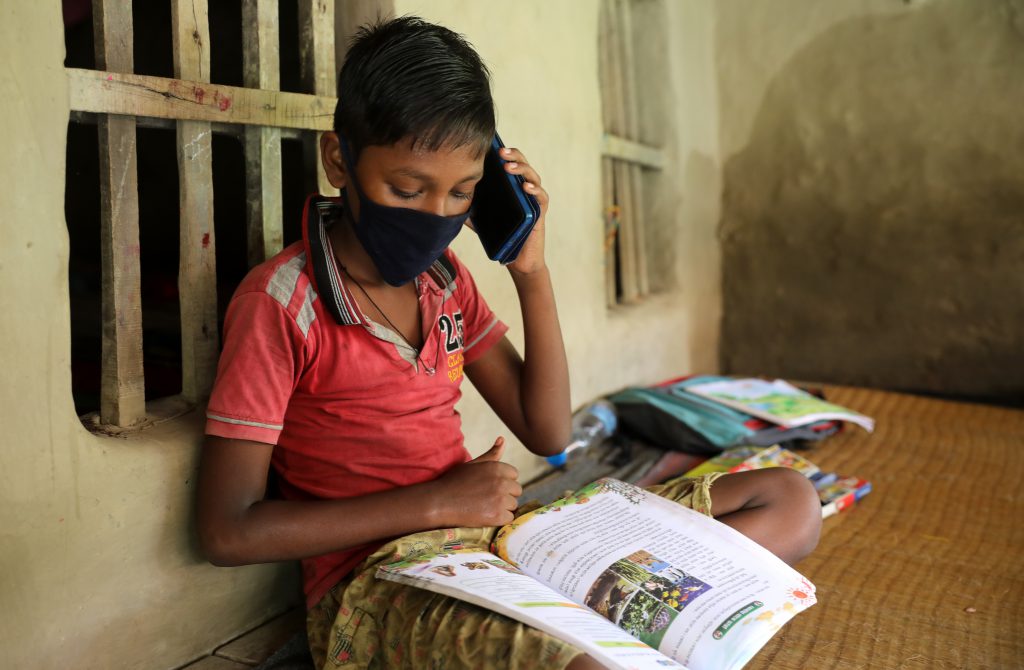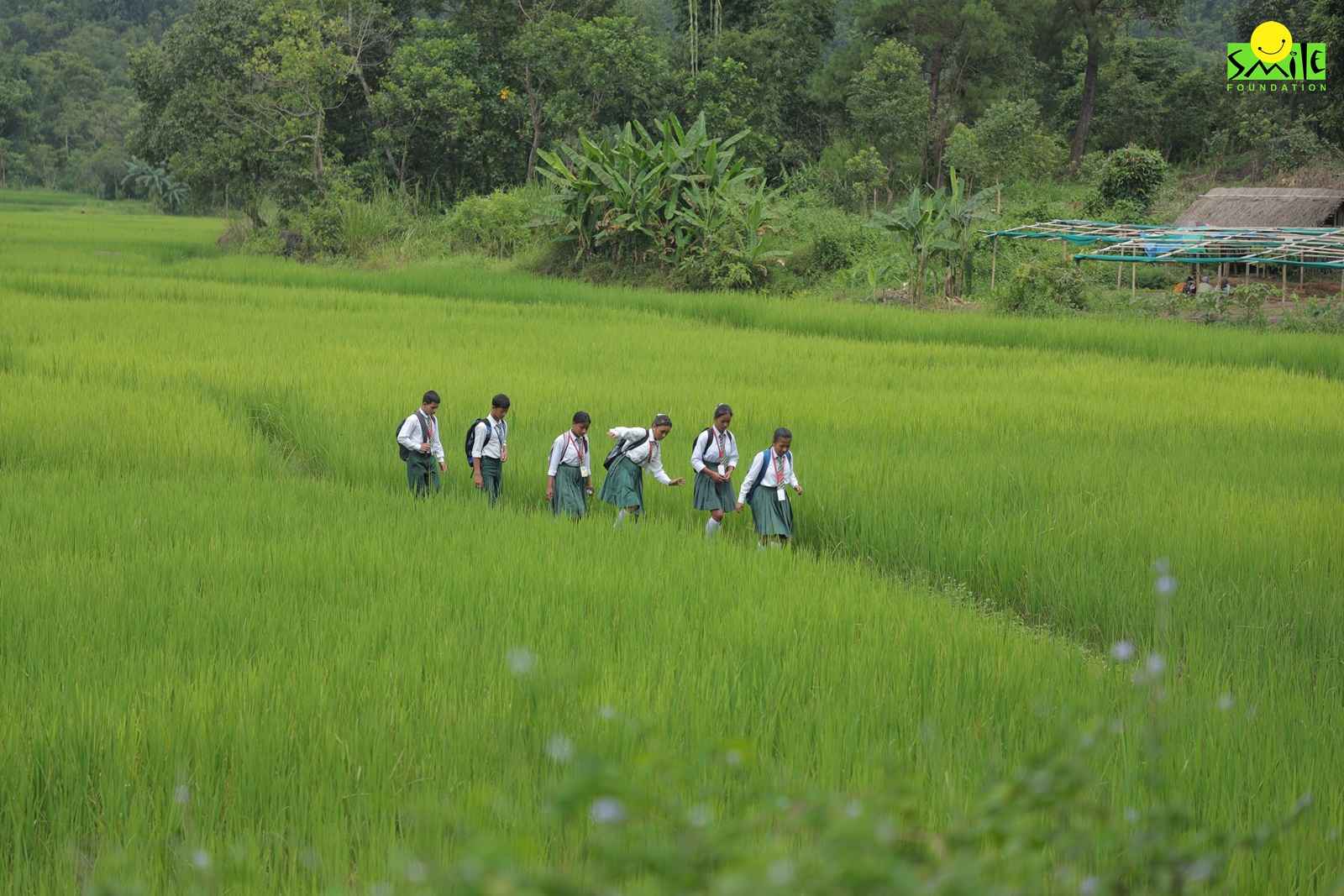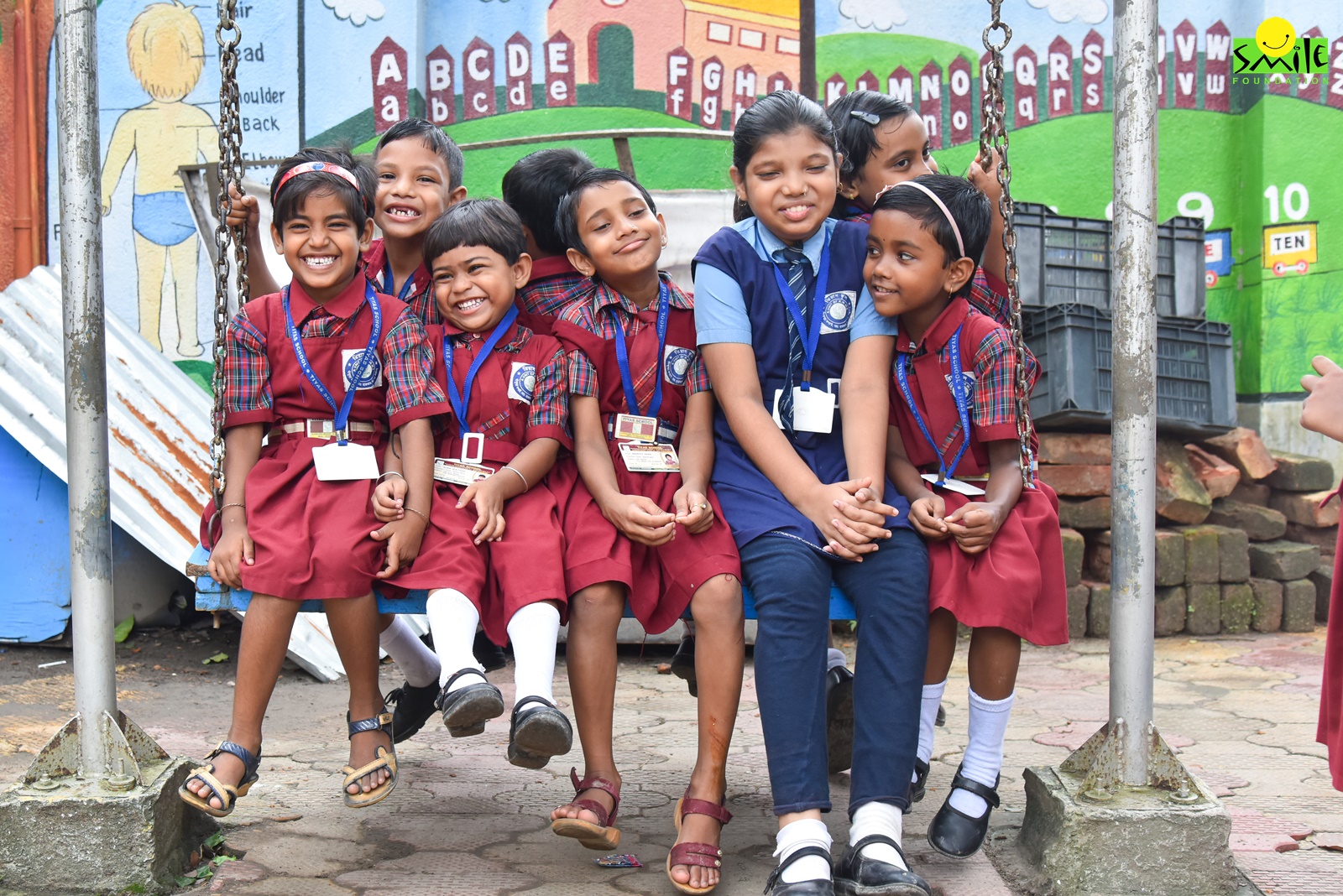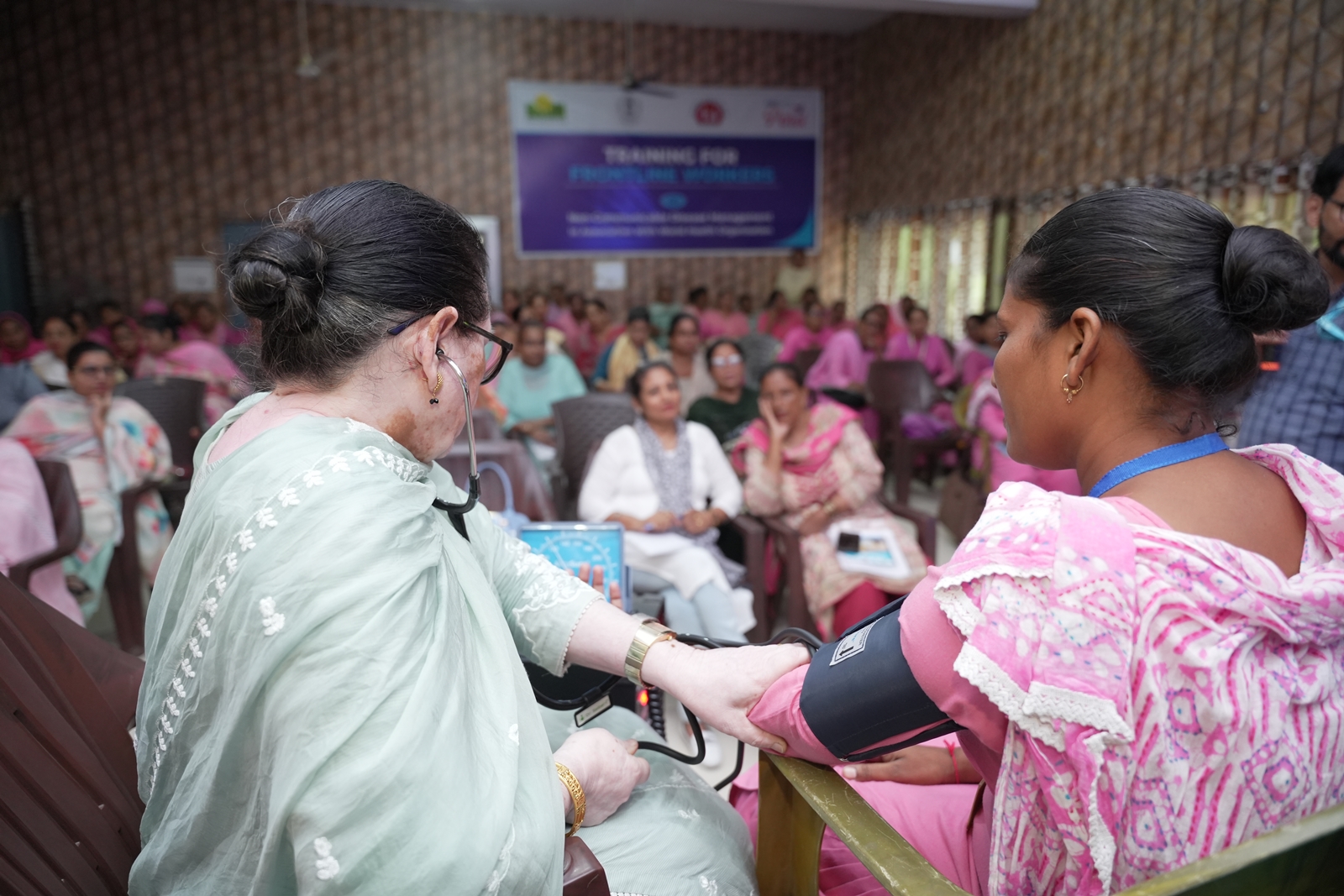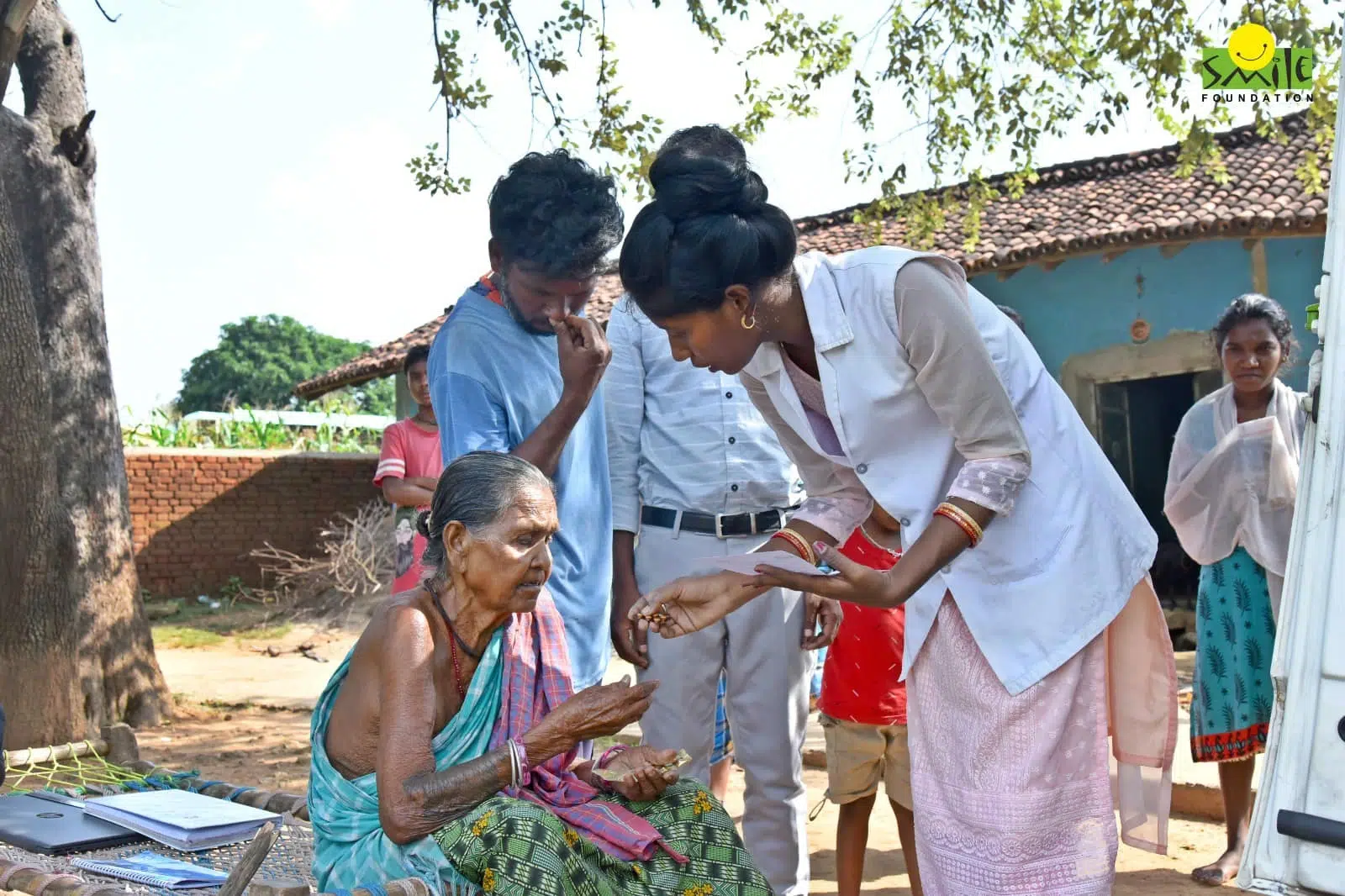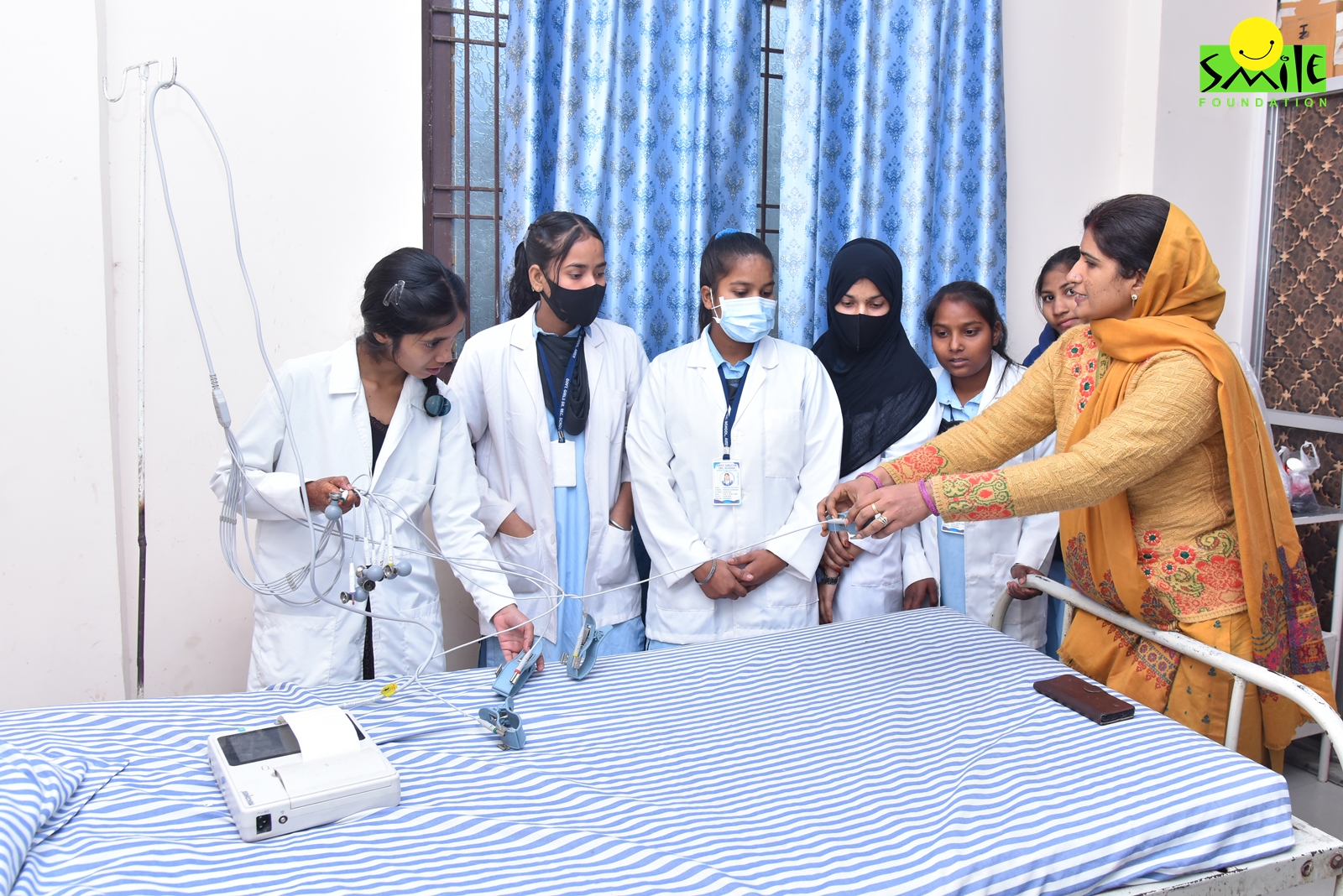Digital devices divide classrooms in terms of access to learning materials during lockdowns amid the COVID surge. For instance, most of the students in Siddharthnagar cannot access an android device on a daily basis. They have only one device in their family, which is mostly used by their father or the earning member of the family. Thus, it remains “out of bounds” for them. It is time we ask whether the smartphone can be replaced with a basic phone for virtual education.
Many government schools formed Whatsapp groups last year to share study materials for students. However, the question remains—how many of these groups are actually effective?
Smile Foundation’s virtual education interventions
Smile Foundation has been attempting to fulfill the goal of continued education for the vulnerable. Last year, Siddharthnagar’s Smile team was able to mobilise the community and find some volunteers for our Shiksha na Ruke campaign.
This year, we have committed to a new solution. Through the appointment of a ‘Shikhamitra’, our team will be able to mitigate the learning gaps by continuous community visits and cluster classes. The best part is when all the students are given a classroom feel through remote classes. All the students can be a part of it; all they need is a basic phone. Students can participate actively in an interactive virtual class through their basic phones.
Role of ‘shikshamitras’
Our ‘shikshamitras’ are well connected with parents. They are continuously trying to figure out the problems and challenges faced by the children during these difficult times. Being community-based volunteers, it is a source of personal satisfaction for them to see the happy faces of the children.
Sometimes, if a student misses a class, the shikshamitras update them over call . There is a long way to go, definitely. But it is an achievement to get them interested in the class at the field level.



